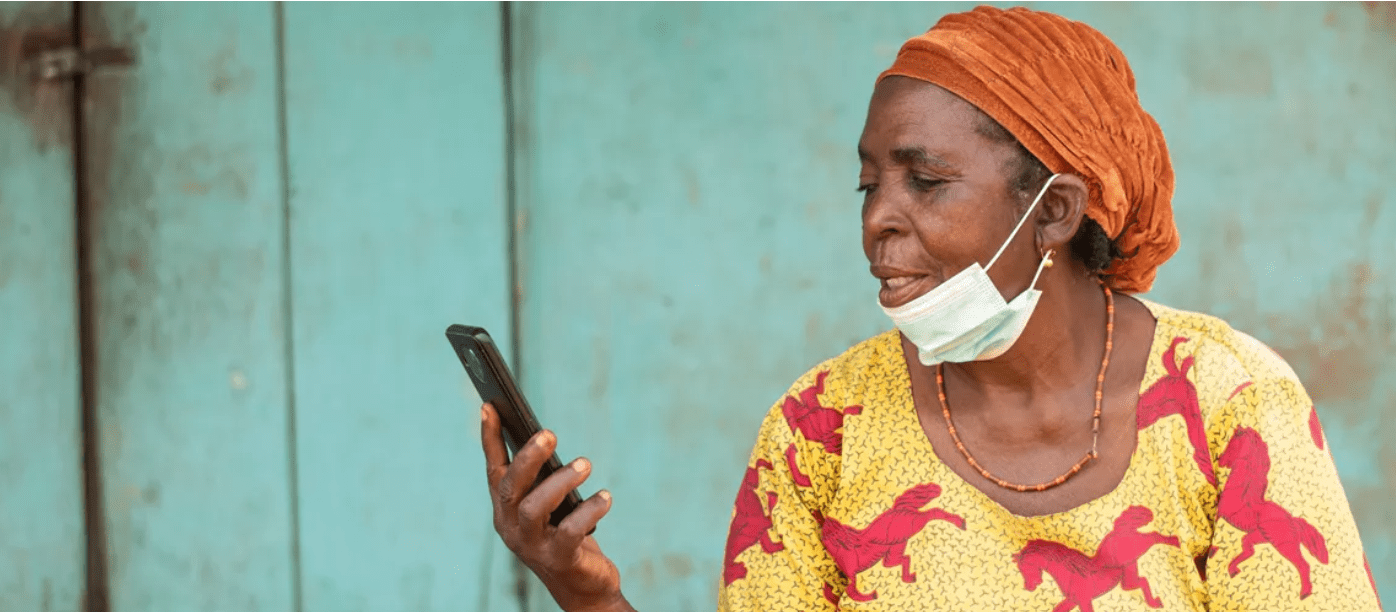Digitizing G2P payments is a cross cutting agenda. The G2Px Initiative brings together the knowledge and expertise across various World Bank Group’s global practices and units–covering social protection, payments systems, financial inclusion, digital development, governance and gender–to improve G2P payments at scale. In this piece they are being represented by three directors for Digital Development, Social Protection and Jobs, and Finance, Competitiveness and Innovation.
DPI not only allowed governments to reach an unprecedented number of new beneficiaries, it also allowed them to make payments to them remotely. This brought millions of people into the social protection and financial system for the first time. Countries now have the opportunity to learn from, and build on, these experiences to implement G2P (government-to-people) payment ecosystems that are efficient, responsive and inclusive.
The restricted economic activity during the COVID-19 crisis created the need to support vast numbers of people, including urban informal populations, who generally were not receiving any existing social assistance program.
Our new G2Px research report, “The role of Digital in the COVID-19 Social Assistance Response,” illustrates how governments met these challenges most successfully when they could leverage existing digital infrastructure – digital databases, ID systems and payment systems.
The unique challenge of reaching new beneficiaries
Registering new beneficiaries during a pandemic and determining their eligibility was a significant challenge. Urban informal workers — as well as other newly vulnerable individuals in need of social assistance — were often hard to identify because they were not part of existing registries. An estimated 1.7 billion people in low- and middle-income countries lived in households that received COVID-response social assistance payments, and in most regions, over half had never had government support before.
These systems allowed countries to match potential beneficiary information, in a secure and privacy-preserving manner, across different databases to assess eligibility and also to verify their identity throughout the process. Thailand, for example, only asked for a national ID number (and basic demographic information for identity verification) in their COVID-response social assistance program online applications. Using only this unique number, they were then able to make checks against a range of databases and quickly approve applications from over half of the working-age population.
Countries which couldn’t use existing digital databases or ID systems to cross-check or verify individuals registering remotely reached, on average, only 16 percent of their population with COVID-response support. In contrast, countries with existing digital databases and trusted data-sharing reached an average of 51 percent of their population.
Governments that did not have DPI in place instead had to rely on collecting information at the local level, which translated into error-prone and lengthy processes. The Philippines, for example, initially had to use local government officials to collect data from 18 million households for its first round of COVID-response social assistance payments because its social registry was out of date and its digital ID system, PhilSys, was still in the process of registration. The process led to delayed payments, substantial numbers of duplications (at least 5 percent), and made it harder to reach new beneficiaries. This experience prompted authorities to accelerate their efforts to roll out PhilSys, which has registered more than 72 million Filipinos to date and will be piloted for easing G2P payments by the Department of Social Welfare and Development.
The opportunity for inclusion
Once beneficiaries were registered and their eligibility verified, governments faced the second challenge: delivering payments quickly and safely. Many countries used digital payment methods, in several cases for the first time. Sometimes this took the form of transfers into mobile money or traditional accounts. In other cases, individuals received payments through mobile vouchers or tokens they could then use to cash out.
In Colombia, almost 3 million beneficiaries of the country’s COVID-response social assistance program received their payments through an account, and over 1.3 million new mobile accounts were created for that purpose. Around 70 million beneficiaries received a payment through Brazil’s COVID-response social assistance program, for which the government set up a digital savings account which allowed individuals to access funds remotely. An estimated 40 percent of these beneficiaries didn’t have an account before the pandemic.
However, other countries missed opportunities to broaden financial inclusion – for example, some sent the payment into a limited account or used a token that could only be used to withdraw cash, instead of also allowing beneficiaries to make digital payments, save, or transfer money.
Dismantling barriers
The collective experiences of countries which embraced digitization during the pandemic to deliver social assistance payments represents a unique opportunity for progress, but that progress cannot be guaranteed without coordinated action, learning, and investment.
Significant strides were made in digitizing government-to-person payments during the COVID-19 crisis, but there is still a long path ahead to ensure this translates to long-term development outcomes. For instance, while many countries leveraged digital payments during the pandemic, not all leveraged accounts which can accelerate financial inclusion and contribute to women’s economic empowerment. Neither does the fact that digital systems were used for COVID-response programs mean they will be scaled up — many of these programs were temporary.
Ensuring DPI is developed to support the digitization of government payment schemes across countries and programs will require decisive action by stakeholders across the public and private sectors. It will also require learning from the successes and pitfalls from the COVID-response experiences to ensure programs can support long-term development goals, including the need to increase financial access points and improving financial products and services.
, as well as DPI more broadly, that can create efficiency gains for the government and open doors for beneficiaries. Doing so can ultimately provide the shared rails for payments streams which have the capacity to increase convenience, inclusion, and empowerment of their recipients.
Source:blogs.worldbank.org/


